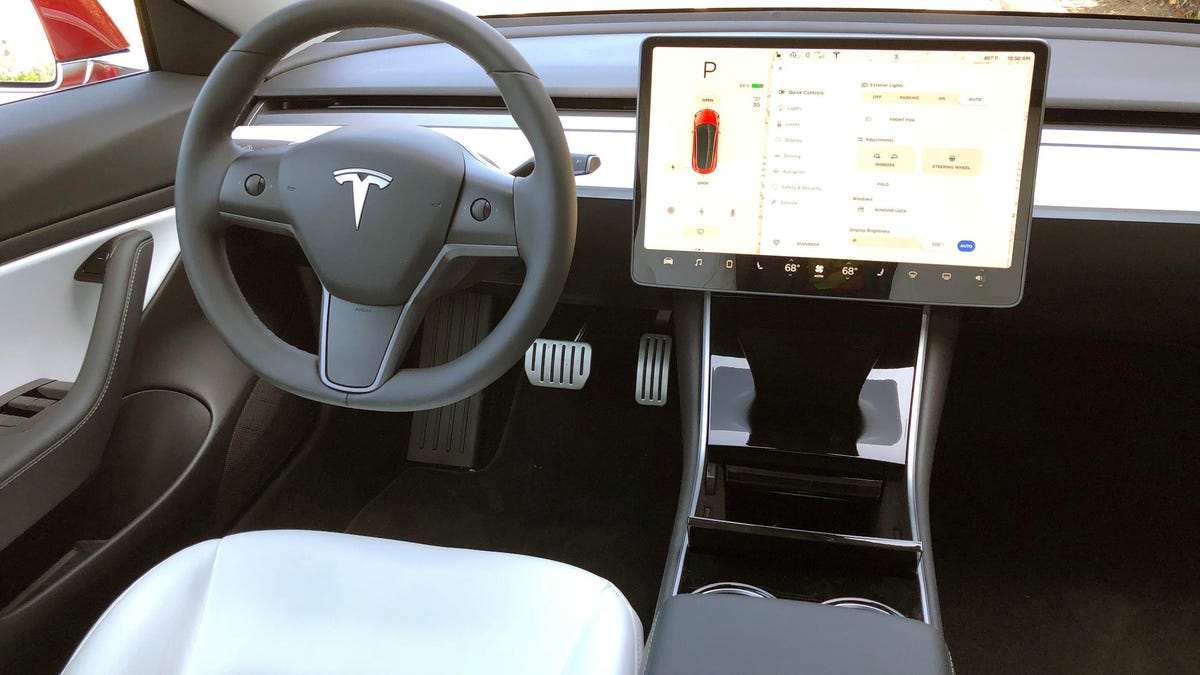Elon take the wheel: We experience Tesla's Navigate on Autopilot feature
Tesla shows us how its new Navigate on Autopilot feature works on the freeways of Los Angeles.

Tesla's Version 9 software came with a ton of updates, and one of the most notable was the new Navigate on Autopilot feature. Tesla has been quietly rolling out Navigate on Autopilot since the beginning of this month, and the automaker agreed to show me how the new system works in a Model 3 on the freeways around Los Angeles earlier this week.
To be clear, Navigate on Autopilot isn't Tesla's rumored, fully self-driving tech. It's an evolution of Autopilot with Autosteer for with Tesla's second-gen Autopilot hardware. It takes the functionality of Autopilot and adds the ability for the car to suggest and execute lane changes and navigate highway onramps and offramps. During my demo, it handled all of these tasks exceptionally.
Tesla's Navigate on Autopilot will alerts you when it's time to make a lane change to get to an exit and in this case, shows that a lane change isn't allowed because it senses another car.
To use the feature, go into the Autopilot settings menu and enable Autosteer and Navigate on Autopilot. Then enter a destination into your Tesla's navigation system. You'll see a small, gray steering wheel icon next to certain parts of the journey. These are the places where Navigate on Autopilot can be used.
When you get to one of those sections, the steering wheel icon will change from gray to blue. You can initialize Navigate on Autopilot with a double tap of the gear stalk, just like you'd engage standard Autopilot. From there, the Autopilot panel on the main display will show you which lane or lanes you should be in and, when appropriate, it will also suggest lane changes which you can confirm with the turn signal stalk or the gear change stalk.
There are two main reasons Autopilot would suggest a lane change. Either there's a vehicle ahead of you traveling under your desired speed or you need to be in a certain lane for an exit or interchange. You can set the parameters for these changes to one of four levels in the Autopilot settings menu, ranging from "Off" to the most aggressive "Mad Max" mode.
On my short demo drive, the system performed flawlessly. At no point was I uncomfortable with the way the car was maintaining speed or following distances, and lane changes were smooth. Its onramp and offramp driving was also smooth and undramatic. Like any driver assistance system, it's critical always to be paying attention. I appreciated that the car always asked for confirmation before making a maneuver, though Tesla reps tell me the company plans to offer an option to negate that confirmation in the future.

